Note: This article was originally posted on ValueQ, where may offer you an impressive discount. Make sure you check ValueQ before you make the purchase.
The V40 is the fourth iteration in the LG V-series lineup. It shares quite a similar design with its predecessors and looks really impressive. It has a premium design with a pretty huge notch display which is definitely great for multimedia consumption. But all of this isn’t what makes the LG V40 a step apart from modern Flagships. The Penta-camera on the device is the standout feature. To know more about this camera and how it performs, let’s dive into the complete review of the LG V40.
Elegant Design and Build
LG V40’s design is quite reminiscent to that of the V30. However, what’s changed on the V40 makes it look more modern and premium. With the introduction of a new notched display and an extra camera sensor on the back, LG V40 looks futuristic. It as a front and back glass design meeting the aluminum frame in the middle. Both the front and rear glass is made of Corning Gorilla Glass 5 to make it resistant from scratches and minor drops.
The rear Glass on the V40 curves on the sides which makes it comfortable to hold the device. What helps is the slim design and light weight of the device. LG managed to craft the V40 just 7.6mm thick with a weight of 169 grams. Although the device sits comfortably in hands, it’s incredibly slippery and collects fingerprint smudges really fast. It hard to keep the device clean all the time until you keep it in a case or use a skin. LG V40 is available is just two color options, New Aurora Black, and the New Moroccan Blue.
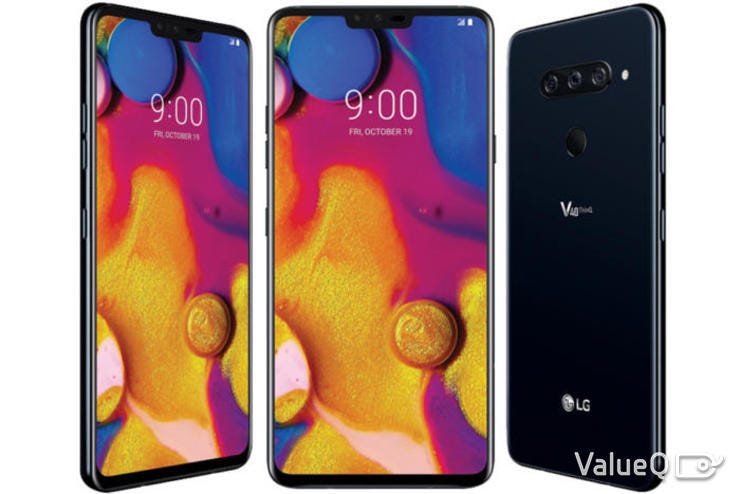
The LG V40 houses a huge display upfront with a notch. The notch may be small but houses two front-facing cameras, proximity sensor, ambient light sensor, and an earpiece. LG finally decided to drop the idea of the power button embedded in the Fingerprint scanner and moved it to the right. The volume keys and the A.I. are on the left while the USB Type-C charging slot along with the speaker and audio jack can be found at the bottom.
What’s new is the introduction of the third camera on the back. LG V40 houses a horizontal three cameras unit on the back along with a fingerprint scanner. The device is also IP68 Water and Dust resistant, a Flagship feature available on V40. Overall, LG V40 look awesome in hands with feel elegant to use.
Giant Display
Adopting the latest Notch design, LG V40 also sports a Notch to adapt to the modern design trend. However, unlike the iPhone X, the Notch is pretty small and doesn’t take up a lot of space when it comes to media consumption. The V40 sports the biggest display in the V series. It comes with a 6.4 inches P-OLED display which supports Dolby Vision and HDR 10. Being a Flagship device, v40 has a resolution of 1440 x 3120 pixels and a pixel density of 537 pixels-per-inch.
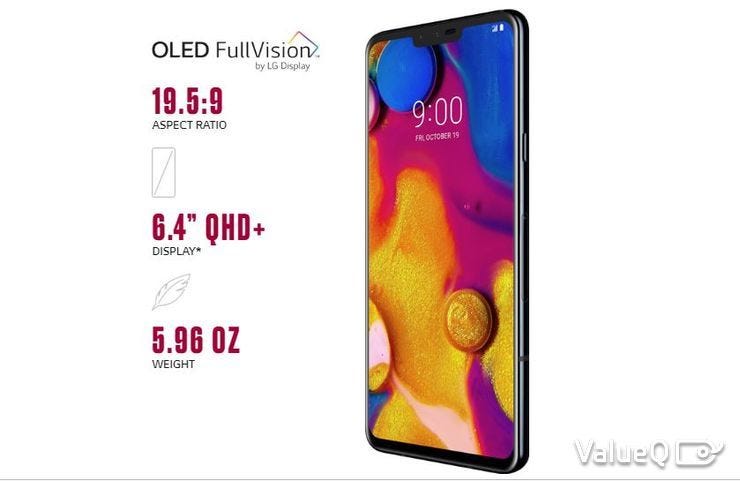
With that being said, the display on the LG V40 is super sharp with damn good color reproduction and pitch blacks. Watching movies on this device seem really great because of the large size. However, LG doesn’t allow the video to go past the Notch which means it lacks the real-estate of the display, however, those who hate Notches will surely love it. Though the display quality is not on par with the likes of Note 9 or XS Max, but that can be noticed only when you put them side by side.
The viewing angles on the V4 are no doubt awesome, while you have to crank up the brightness to full in order to make the display visible in sunlight. Overall, it’s a pretty great display, however, it’s big enough making it hard to reach the top corner with a single hand.
Impressive Performance and Less Cluttered Software
Just like every other Flagship of 2018, the story remains the same with the LG V40 too. The Flagship level smartphones have such similar performance that it became hard to distinguish them on the basis of just-just performance itself. Still, let’s talk about it.
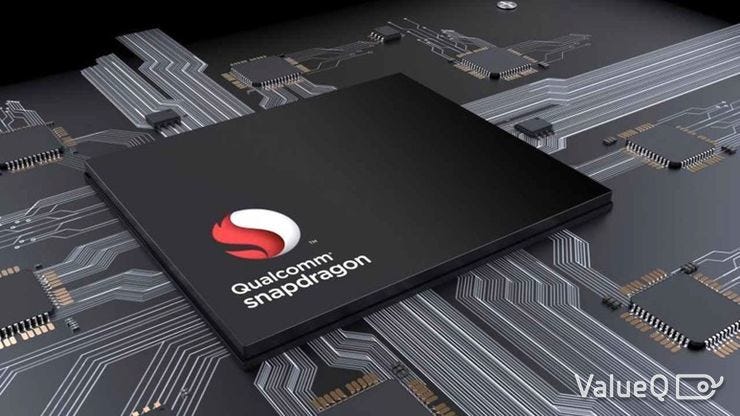
The LG V40 is powered by the Octa-Core Snapdragon 845 processor clocked at a slightly low frequency of 2.7GHz. Coupled with the same old Adreno 630 GPU which is a beast when it comes to Graphics intensive tasks. Performance is simply aggressive, easily handling intense games like PUBG or Asphalt 9 on full graphics settings. With that being said, general usage didn’t even bother the device, handling all the daily tasks smooth and well.
The LG V40 is available only in a single variant which has 6GB of RAM and 64GB of Internal storage. While the RAM is plenty, the amount of storage bothers me. LG should have at least created a variant with 128GB onboard storage. But it is what it is. Although, it supports memory expansion up to 512GB so that might work.
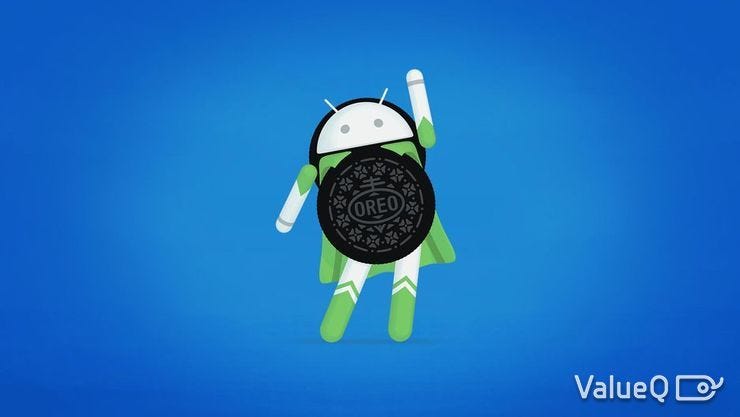
Moving to the software, the first thing when I checked the spec of the LG V40 was, “Where’s the Android Pie??” Back in 2016, LG V20 was the first device to launch with the latest Android but in 2018, LF disappointed us with Oreo. The overall UI is the same old one that can be found on previous LG devices, however, the bloatware is reduced now.
Some LG which doesn’t comes pre-installed includes are LG calendar and calculator. However, there are still few apps on the device which can’t be uninstalled or disabled. Nonetheless, the UI feels smooth and responsive overall. Also, if you don’t like the LG’s skin, you can always slap on a Launcher to change the look. With that being said, there is still no confirmation about the Android Pie updates will arrive but we are hoping for anywhere near the end of 2018
Now That’s a Camera!! Wait Cameras?
The main star of the show 5 camera on the LG V40. You can see different companies struggling whether to put a wide angle or the telephoto lens but LG solved this issue by including both. It comes with 3 cameras on the back out of which the primary sensor is a 12 Megapixel one with f/1.5 aperture. The telephoto one is also a 12 Megapixel sensor with f/2.4 aperture and the Wide Angle one is a 16 Megapixel sensor with f/1.9 aperture. LG allows you to view the scene using all the three lenses to decide from which one looks better. However, if you are still unsure, the app also allows you to capture the images using all the 3 sensors with just a single button. Also, the image is turned into a short movie appears to be zooming in the scene.
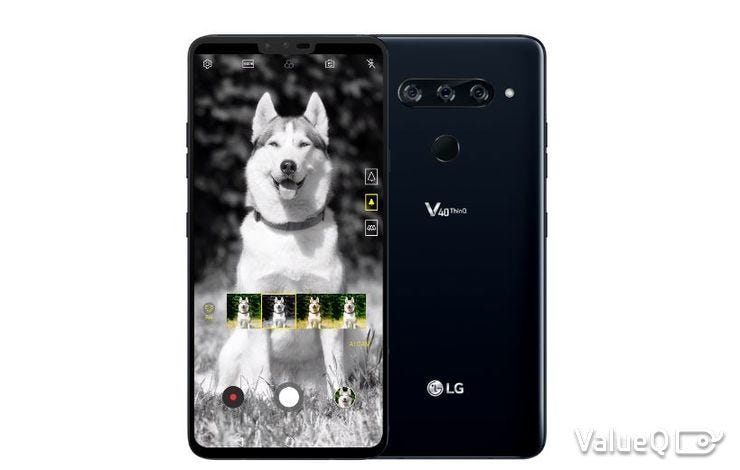
Talking about the quality, the images turn out to be great but aren’t on the level of Note 9 of Pixel 2. It feels like LG focused so much on putting 3 lenses that they messed up with the processing. The images are a bit oversaturated and dynamic range is little messed up too. Although, the app allows you to go full manual while capturing images as well as videos. There is a Cine Shot feature which allows you to capture images with elements moving in it. The wide-angle lens works really well just like on the previous LG devices but the shots taken from the telephoto lens have much less quality compared to any other phone with Telephoto lens. Night time shots don’t look too great either and only the primary camera has the OIS, so other lenses capture lower quality images. On the plus side, you can record videos in 4K @60 fps.
Upfront, there is an 8 Megapixel camera with f/1.9 aperture and another 5 Megapixel wide angle sensor with f/2.2 aperture and 90° field of view. Images turn out to be great captured from the front cam even with the wide angle lens. The portrait shots also surprised me of how good they look also allowing the user to change the blur level after the shot is taken. Overall, the camera on the LG V40 is pretty great but not Flagship level.
Decent Battery Life
Well, the good thing about the LG V40 ends here. Why? You may ask. That’s because of the typical one-day battery life at most. LG’s decision of going with an average 3300 mAh battery is just a letdown. Clearly, this decision is made by LG is-order to keep the device slim and lightweight. Although, people in 2018 prefer bigger battery instead of a slim profile. But that simply wasn’t enough for LG to use a bigger battery in the V40.
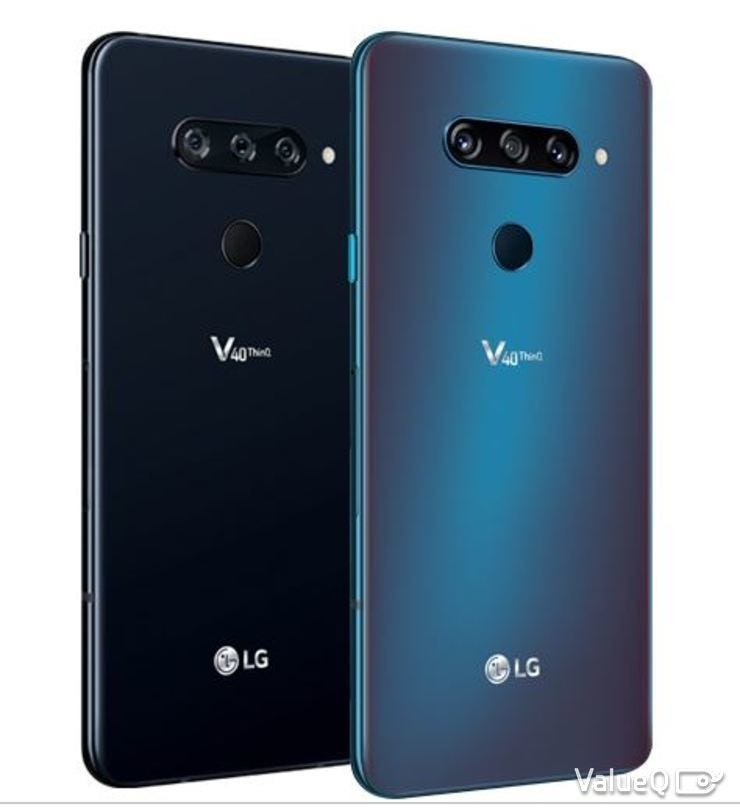
With moderate usage including snapping photos and videos, watching some episodes, social media, web browsing, small gaming session, the V40 lasts only the night. On a full charge at around 8 A.M., the battery will drain to a point at 9 P.M that you will have to look for the charger.
With such usage, the average screen-on-time evaluates to 4.5 hours. What’s relaxing is the presence of Quick charge 3.0 which can top-up the device pretty fast. Also, it supports wireless charging too making it compatible with any Qi Wireless charger.
What Else is on LG V40?
Just like every other Android smartphone, the LG V40 supports Dual SIMs with Dual standby connectivity. For saving the second SIM from trading off for a MicroSD card, it also comes with a dedicated memory slot which supports expansion up to 512 GB. Other connectivity options on the device include WIFi 802.11 a/b/g/n/ac, Bluetooth v5.0 and A-GPS.
The LG V40 also comes with plenty of sensors like Fingerprint (rear-mounted), accelerometer, gyroscope, proximity sensor, compass, barometer, and color spectrum. It also comes with NFC but lacks the IR blaster. Talking about the rear-mounted Fingerprint scanner, it’s pretty fast and unlocks the device with just a tap. However, it doesn’t double as a Power button anymore.
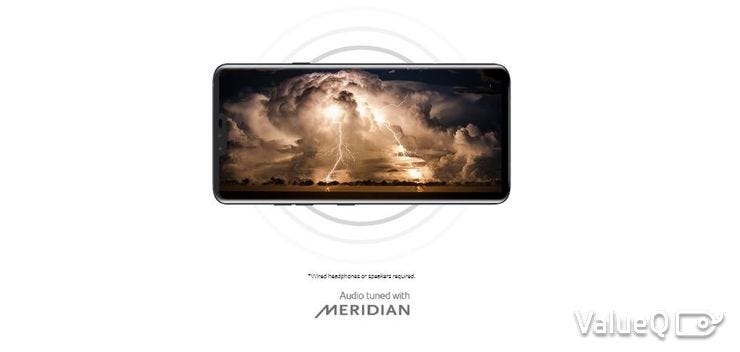
Moving to the speaker, the LG V40 comes with a single bottom firing speaker which comes with a Boombox feature. What basically happens is that the whole device act as a resonance chamber boosting the audio output from the speaker. The audio is really loud with punchy bass and the audio is loud enough to be easily hearable outdoors. Other than that, it also has an audio jack with a high-quality Dac providing solid sound through the earphones or the headphones.
…143 words left.
Thanks for your reading! If you want to know the remaining, please check ValueQ.
评论
发表评论